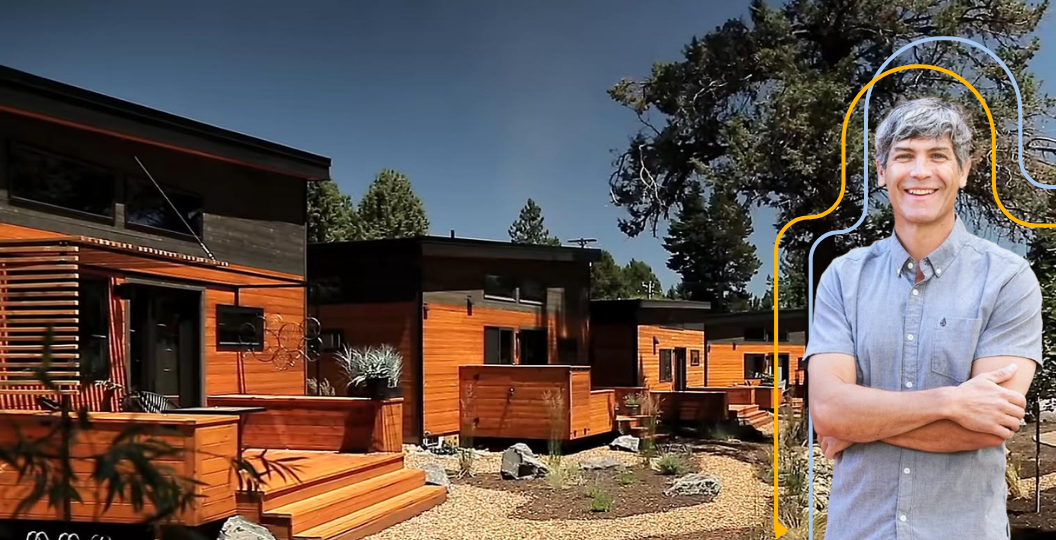Snow Days Tell Us a Lot About the Fragility of Our Cities
(Source: Unsplash/Marcel Walter.)
I’m going to sound like a really old man, but I remember the joy of waking up early on winter mornings, watching the news, hoping to see my school listed on the scroll at the bottom of the TV. As a child, snow events were a surprise to wake up to. Today, my kids get the benefit of robo calls and text messages and email alerts starting the afternoon or night before a storm. Today, we have the technology to predict a snow event before it happens, which allows our schools to prepare.
I live on the front range of the Appalachian Mountains, where we see two to three measurable snow events a year. We have topography, but nothing like the Rockies, and we get snow, but nothing like Minnesota. A major storm in my area is measured in single digit inches, so we have the tools, even if we do not use them that often.
Urban advocates use snow days to demonstrate lots of different amazing things in our cities. A fresh blanket of newly fallen snow provides us a clean slate to observe how we use our streets and sidewalks. We can observe how only two lanes are used on a four lane road, we witness cars turning at a much tighter radius at intersections, and we can see the footprints of pedestrians on sidewalks and at crossings. Urbanists have coined the term “sneckdowns” (a temporary curb extension caused by snowfall) and take every advantage to document these phenomena to advocate for physical changes in our streets.
Snow days also reveal the vulnerability of the suburban development pattern. A little bit of snow, which in our case may be less than three inches, causes major chaos in the system. The suburban development pattern is a fragile system that is not able to adapt to something as simple as a regular weather event. In January, our first snow storm this winter resulted in schools being closed for an entire week.
The schools in my community are similar to school districts across my state. I can say that with confidence because our state legislature and the state school board have adopted development standards that all school districts must follow when locating and designing schools. This is a well intentioned, orderly approach to the construction of schools. This top-down, prescribed approach is not unique to my state.
The result of this mass delivery system is a development pattern that cannot adapt. Every new school site is prescribed to a scale where the school, parking lot, ballfields, and room for expansion are measured in acres. The resulting site for an elementary is nearly 40 acres requiring a complete reliance on busing and driving. The troubling thing for me is that this creates dependency on yet another fragile system.
Something as innocent as freshly fallen snow becomes the guilty culprit in halting the functions of our public schools. The modern reality is that our schools are so heavily reliant on our transportation system that, when our transportation system fails, our educational system fails. The perverse reality that the education of our children is ultimately dependent on bussing is an idea incomprehensible to a generation before us.
The differences between the modern suburban development pattern and the traditional development pattern becomes more apparent when you compare the new schools built on large parcels on the edge of town to the older schools built within the core of our downtown. We actually live less than a mile from my oldest son's school. This school is the original central school for our county built in a prominent location in the middle of town. It could be described as an urban school that is highly walkable.
The downtown school is surrounded by businesses and homes. When it snows, adjacent property owners take pride in clearing their sidewalks following the snow storms. A few inches of snow do not create an obstacle and it is an easy walk to school, and even an easier walk to the sled hill.
Despite the ability to walk to this school, the entire school district must close because the buses are unable to travel the suburban roads, or the parking and loading areas at the schools at the edge of town have not been cleared.
Something as simple and beautiful as snow helps us to better understand the impacts of the decisions we have made on our built environment. For the past eight decades, we have implemented the Suburban Experiment as a way to add order to our complex cities. Despite all of our best intentions, this experiment continues to make us financially vulnerable, less safe, and less connected. Our communities can be stronger when we apply time tested, traditional development patterns. These patterns of development are more resilient and can adapt to something as unexpected as a snow storm.





Edward Erfurt is the Chief Technical Advisor at Strong Towns. He is a trained architect and passionate urban designer with over 20 years of public- and private-sector experience focused on the management, design, and successful implementation of development and placemaking projects that enrich the tapestry of place. He believes in community-focused processes that are founded on diverse viewpoints, a concern for equity, and guided through time-tested, traditional town-planning principles and development patterns that result in sustainable growth with the community character embraced by the communities which he serves.